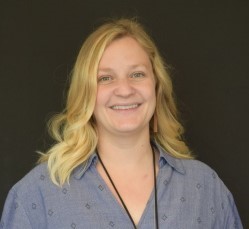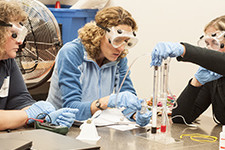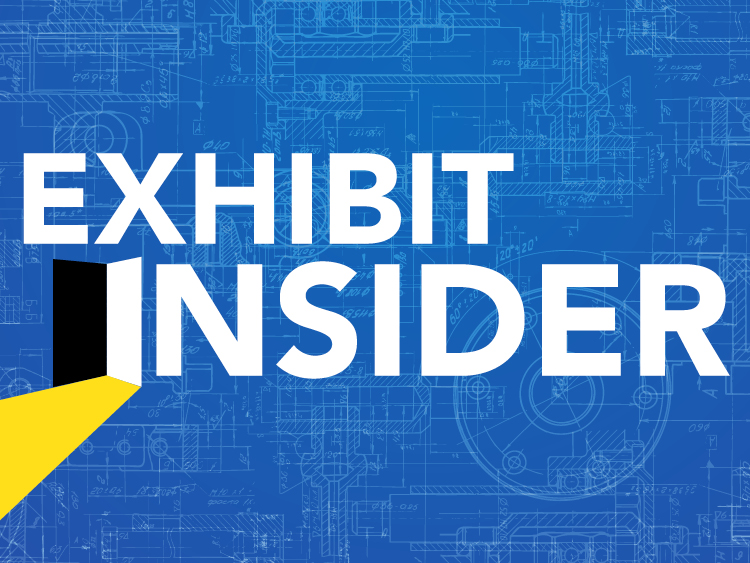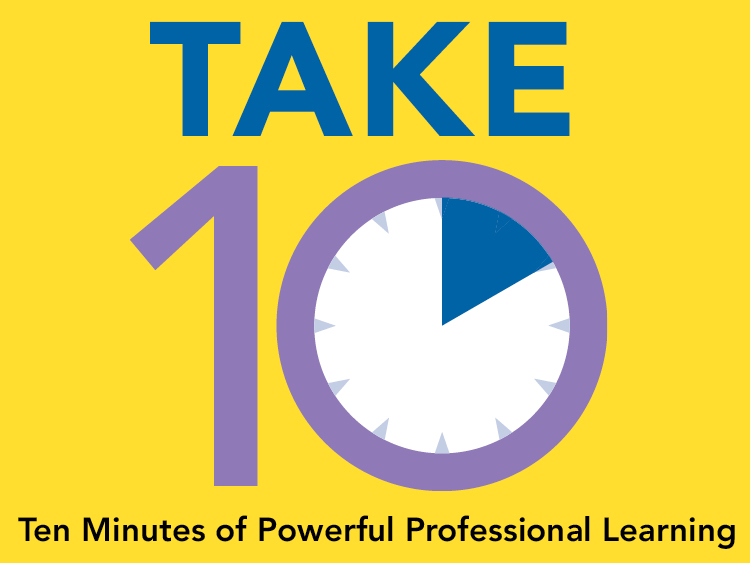If you’ve looked into the Next Generation Science Standards at all or if you have even looked at your students’ science work, you have probably heard the word phenomenon. No, we are not talking about the movie with John Travolta or the muppet song “Mahna Mahna”, though it is fun to sing! We’re talking about using a phenomena to encourage engagement and exploration in a science unit or lesson. A phenomena is an occurance, scenario, or demonstration (among other things) that is not easily answered. It doesn’t have to be phenomenal, rather just beg for an answer. By using a phenomena to anchor our lesson and units, we can foster a sense of curiosity and wonder in our students. Each lesson or activity along the way will help us to answer this big question.
One of the biggest challenges associated with using a phenomena to drive our science content is choosing one. How do we know if it’s good? How do we know if our students will like it? Does it make sense? Does it fit with our content? These are questions that even the most seasoned of science teachers ask themselves when finding a new hook for their units or lessons. We recently released a Take Ten addressing some of these concerns. It takes you through some things to consider when choosing a phenomenon. There are four main criteria to keep in mind when choosing a phenomena for your class: content, students, scope, and framing. By setting criteria for yourself and analyzing your choice before presenting it to students, you can increase your confidence in your phenomenon. This will help you present your phenomenon launch with more authenticity.
Content.
Before you start planning much with a phenomenon. Stop and take a minute to dive deeply into the content that needs to be covered in your unit. Look at the Disciplinary Core Idea (DCI) and develop component questions. Need some help with this? Take a few minutes to review our Take Ten: Digging Deeper. Make sure you do this with each of your unit DCI’s if you are looking for an Anchor Phenomenon, meaning a phenomenon that covers an entire unit content.
Students.
Once you have a good idea of what you want your students to know, it is important to consider what will engage your students in regards to a phenomenon. You can start by asking yourself these three questions: (1) What are your students’ interests? (2) What are their backgrounds? (3) What experiences can they draw from? Sometimes our phenomenon is going to be something happening right in our own backyard. Other times it might be something going on across the country, but has been prominent in the news or relates to something you saw as a class. By going through these questions, you can see if there is a topic you know you should eliminate or find a few that might be more relatable.
Another consideration involving your students is going to be complexity. You want to make sure your phenomenon is not something that is easily answerable, whether from a quick google search or fast manipulation. It should take some time to find the answer to keep students questioning and looking for the answer, think multiple investigations and research for an anchoring phenomenon. On the other side of the coin, you want to be careful not to choose something so complex, your students will not ever be able to understand. While this can be a difficult balancing act, a good approach is for you to write an exemplar explanation of the phenomenon. If it’s too hard to answer in student appropriate language, it might be a little too tricky to tackle with your class.
Scope.
Another consideration is whether you’re looking at a lesson level phenomenon or a unit phenomenon, also known as an anchoring phenomenon. Sometimes our phenomena are not easy to answer, but they can be answered with one lesson. That doesn’t mean we shouldn’t use it, rather it should be part of the way we answer our anchoring phenomenon. Considering the scope of our phenomena choices is important in figuring out where they might fit. It is equally as important to organize our lesson level phenomena to help the students keep track of their learning along the way, like a road map that will eventually lead them to the “answer” of the anchoring phenomenon. One way to do so is through a summary table. These can be done individually or as a whole class. A summary table is a great way to help students connect the dots and can be very useful when the time comes to review for an assessment.
Framing.
Using phenomena to frame our lessons and units can help students find the why. So often our students are left wondering why they should care about a particular topic or why they have to learn about it. By providing a relevant, observable, interesting phenomena, we can demonstrate the importance of the content. This can be done through showing career choices, providing authentic research or articles, or by engaging in an activity as a class to name a few. These connections can also help us with the consideration of relating to our students and will help to “level the playing field” so to speak. Not all of our students are going to come to us with the same knowledge, by engaging in a relevant activity as a group, you can help them to find a purpose in the content.
All of these suggested criteria can be used as a coherence check. If a phenomena checks all of these boxes, or most, go ahead and try it out! And remember, even the best planned phenomenon isn’t going to work every time. Sometimes what we find interesting and engaging as adult learners is not going to apply to our kids. Along those same lines, sometimes what we think is too complex for our students, might actually be just right! Keep an open mind and use the resources out there to help you along the way. We have provided some of our favorites resources below to make things a bit easier for you!
Some of our favorite Phenomenon Resources
Anchor versus Lesson Level Phenomena
Stay connected! Be sure to subscribe to Down to a Science— The Official Blog of the Connecticut Science Center and follow us on social media.

Lindsey Sullivan is a Professional Learning Specialist at the Connecticut Science Center’s Mandell Academy for Teachers. Before joining the Mandell Academy, Lindsey was a high school science teacher. Currently, Lindsey supports educators as they make sense of NGSS through her facilitation of workshops offered by the Mandell Academy as well as providing coaching support in schools.

Becky Fahey is a Professional Development Specialist at the Connecticut Science Center’s Mandell Academy for Teachers. Previously, she has worked as a preK-3 educator in various public school districts in Eastern Connecticut where she designed and implemented inquiry based lessons in the classroom. Becky brings with her expertise in collaboration and inquiry based teaching and will apply these skills to help educators to deepen their understanding of NGSS and apply best practices to support their learners in the classroom.

Rachel Shurick is a Professional Learning Specialist at the Connecticut Science Center’s Mandell Academy for Teachers. Rachel supports educators to deepen their understanding of instructional shifts associated with NGSS to support their learners. Rachel has also worked to develop NGSS workshops aim to help teachers bring the Next Generation Science Standards to life in their classrooms.


